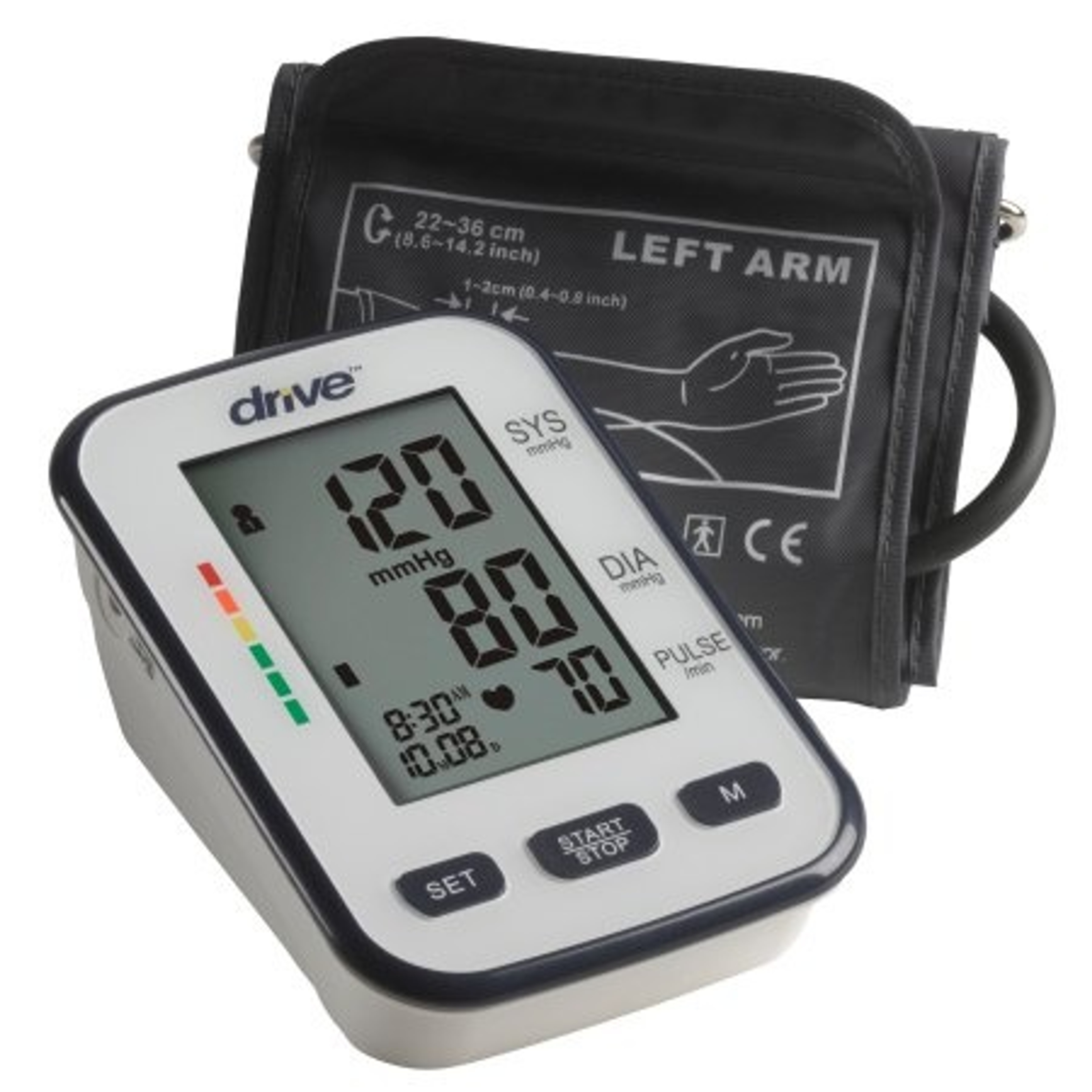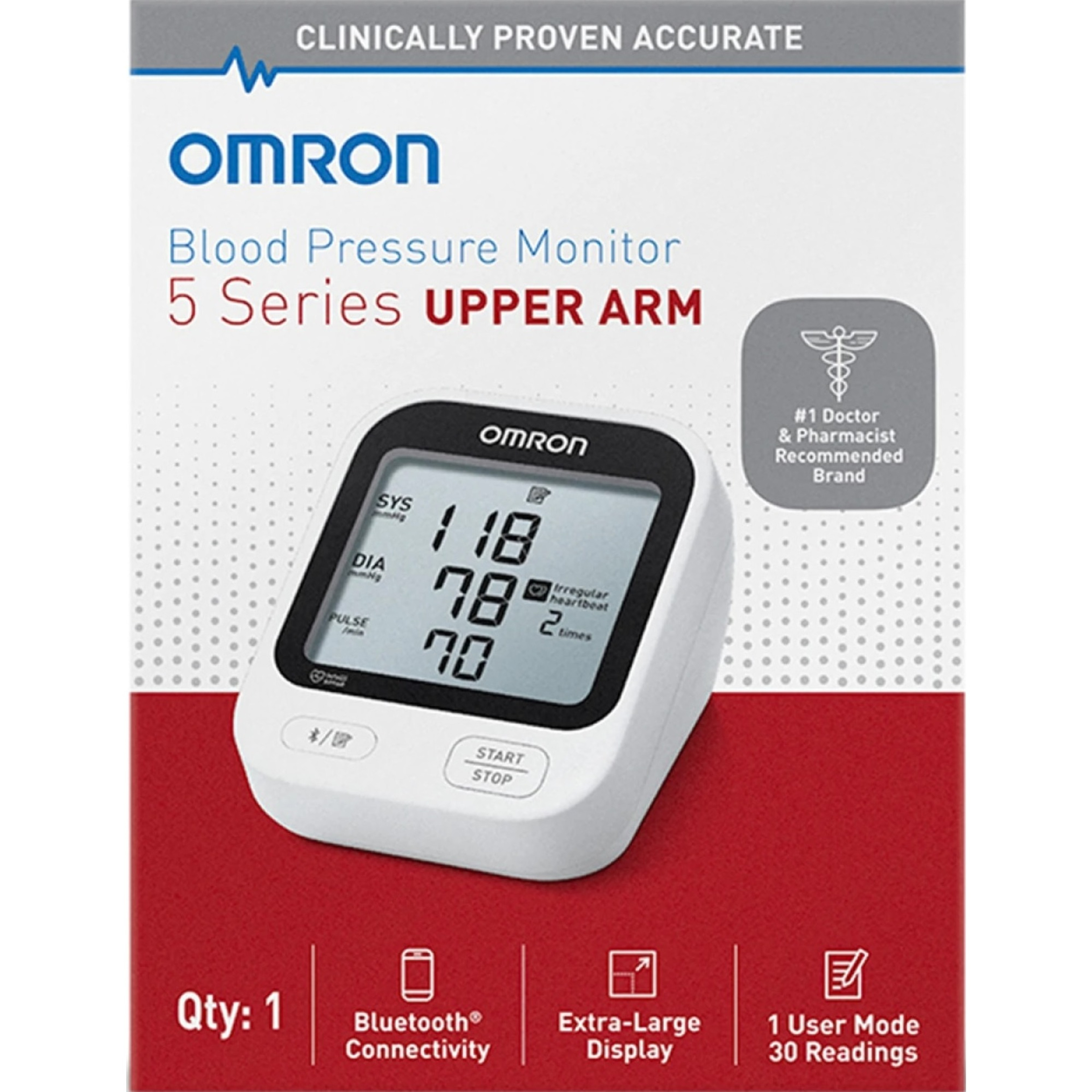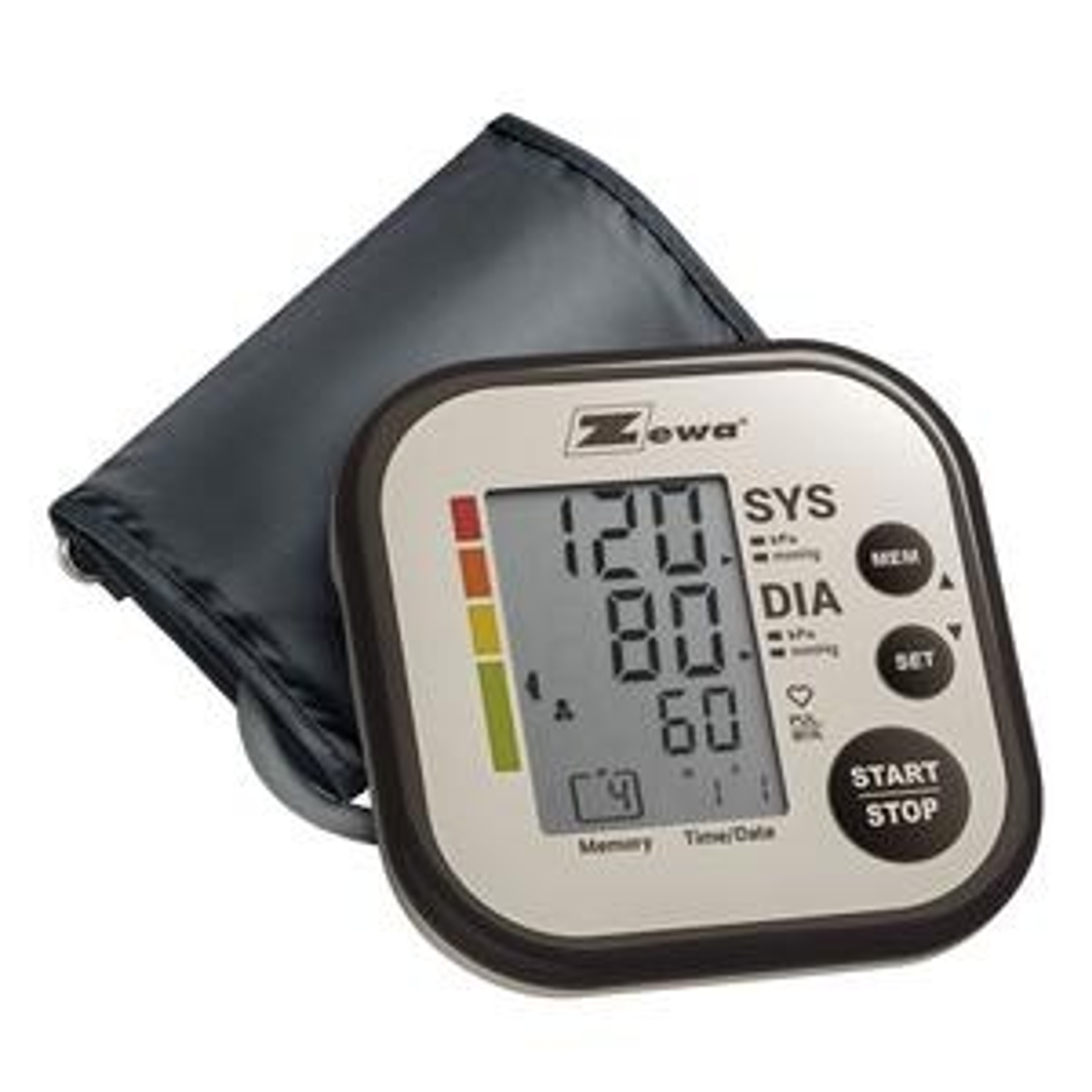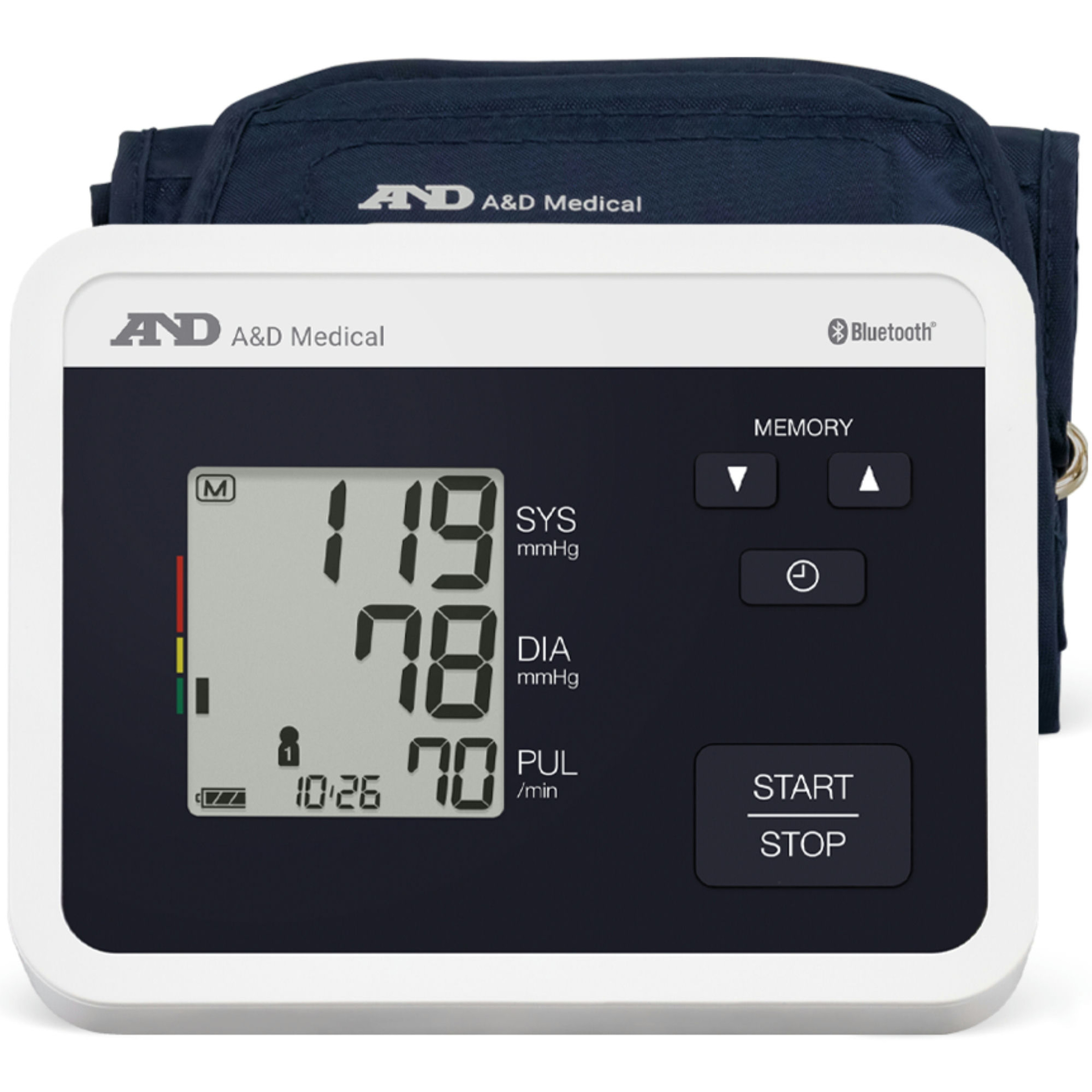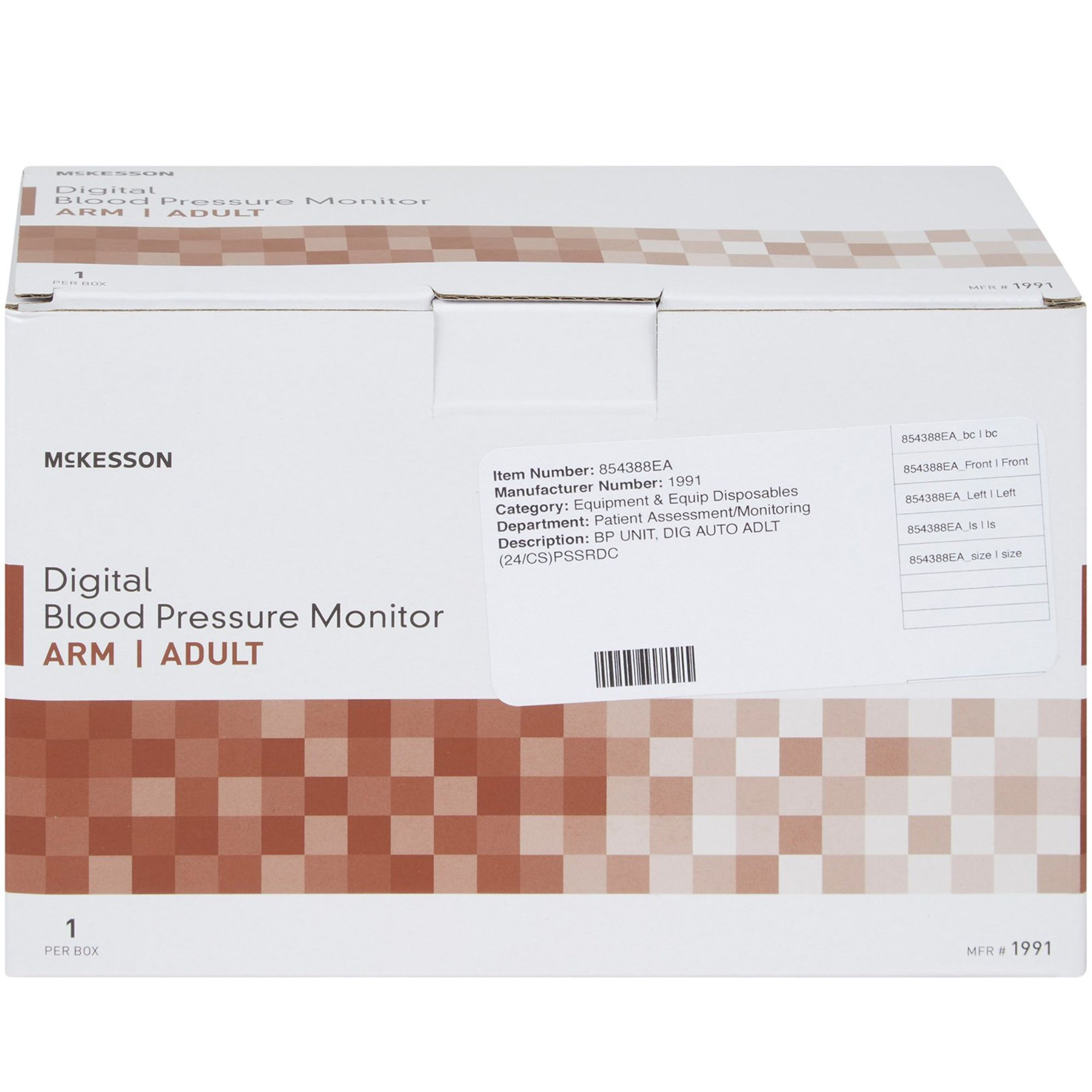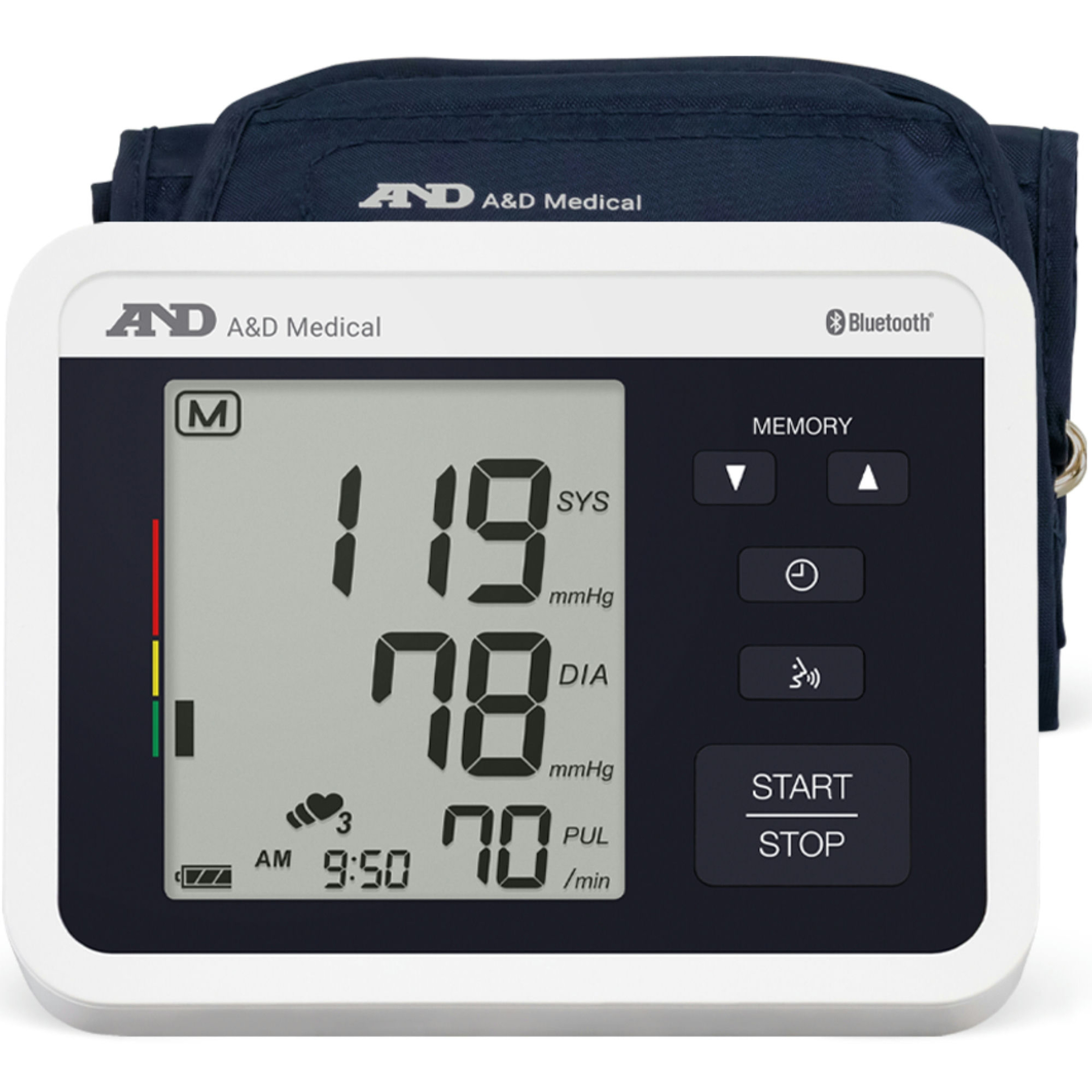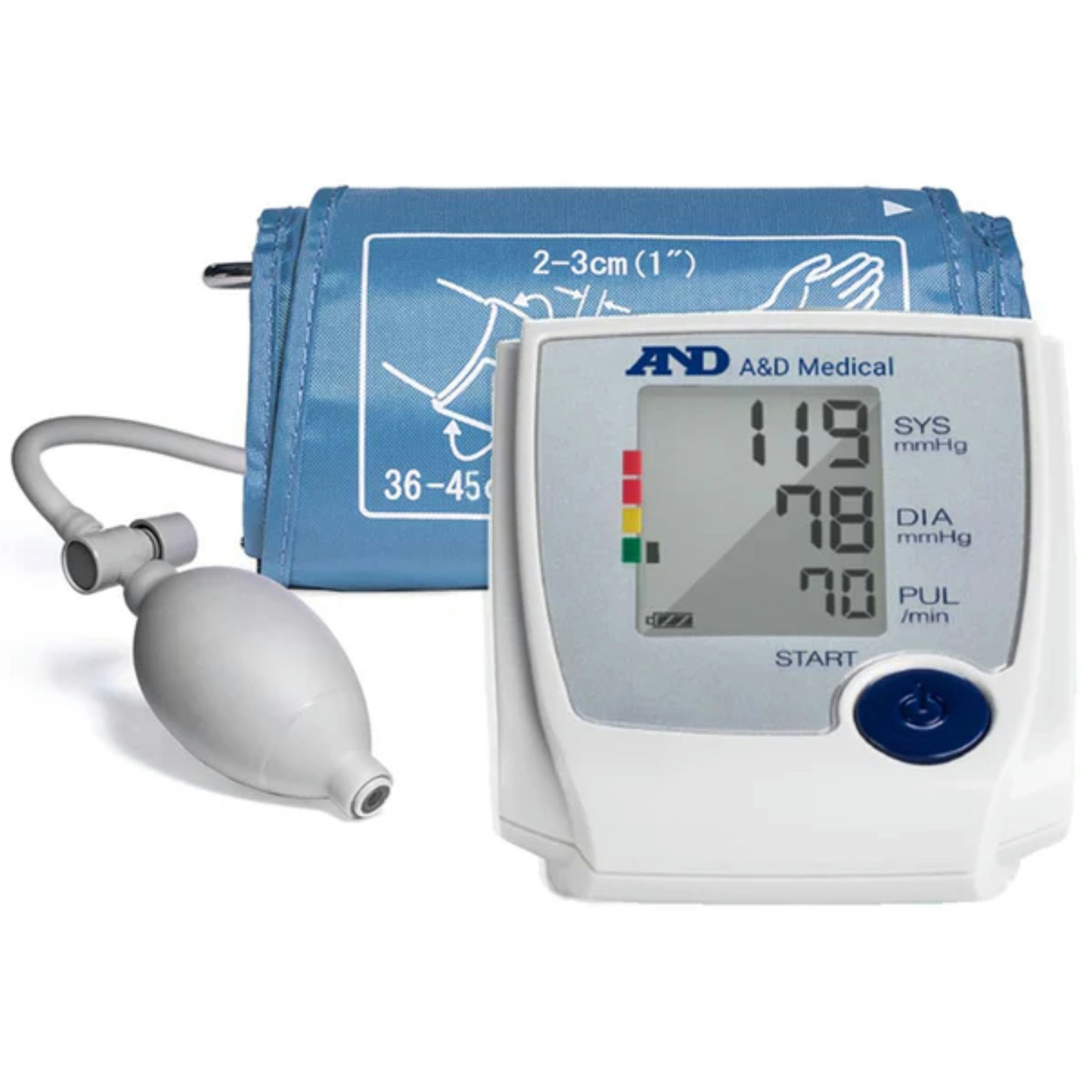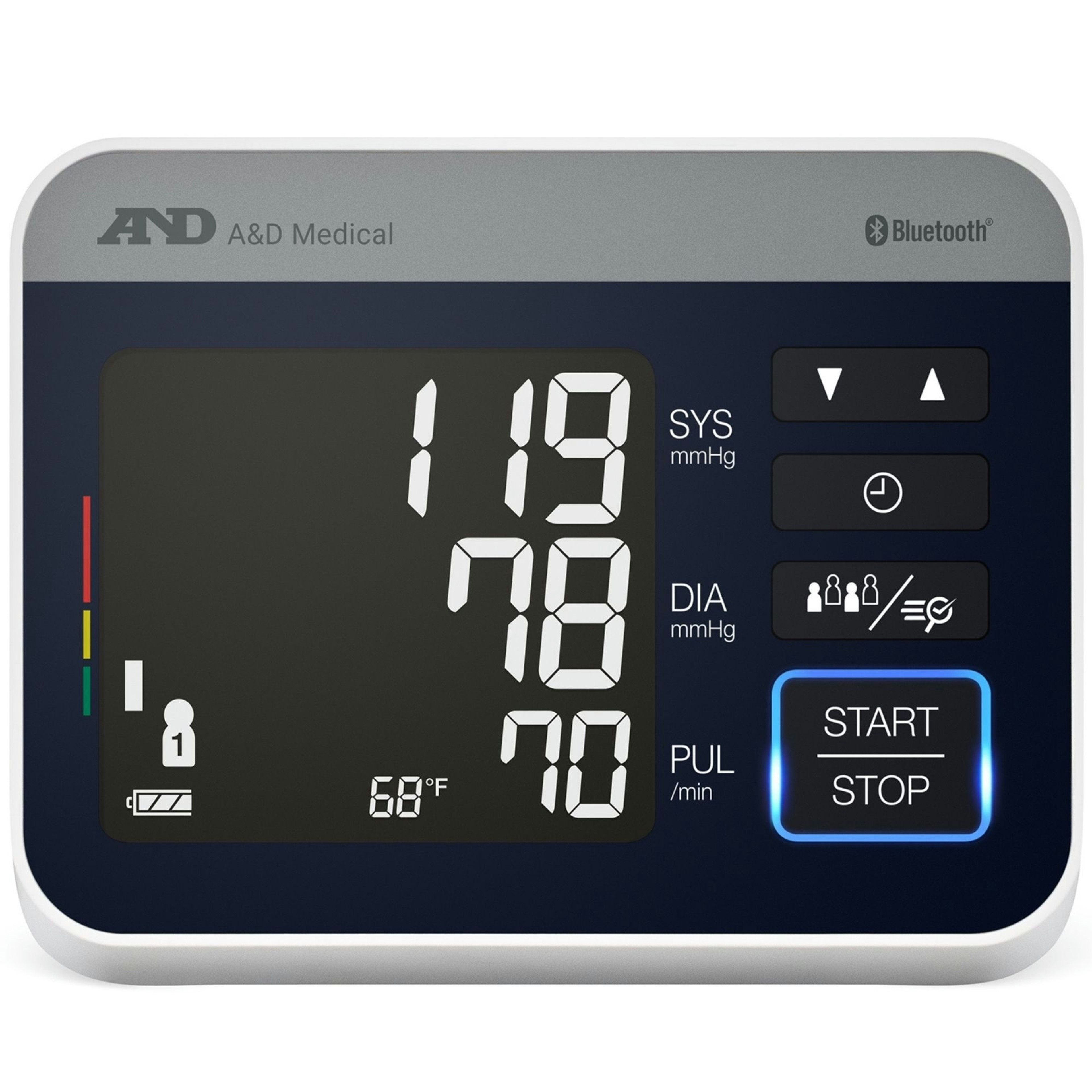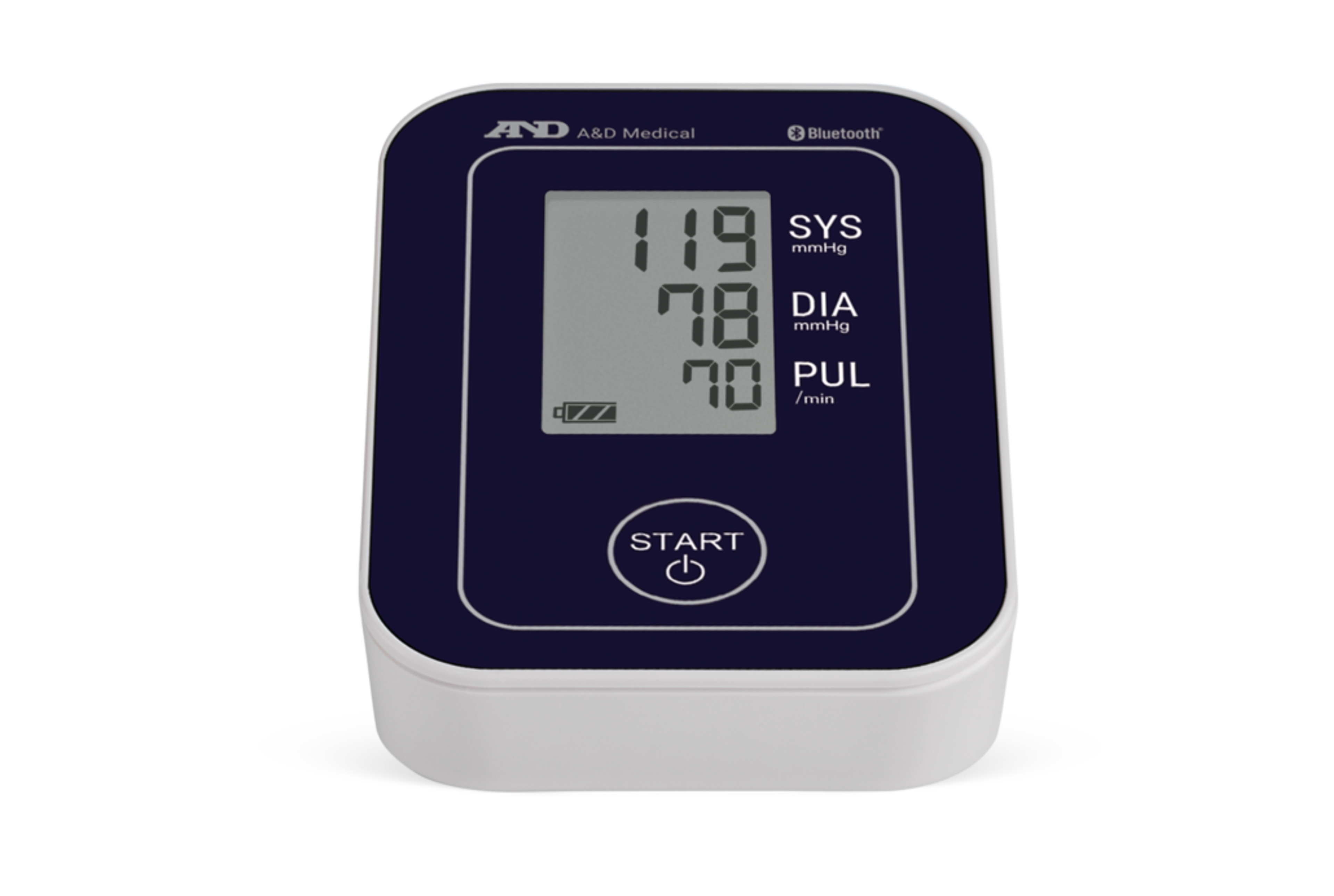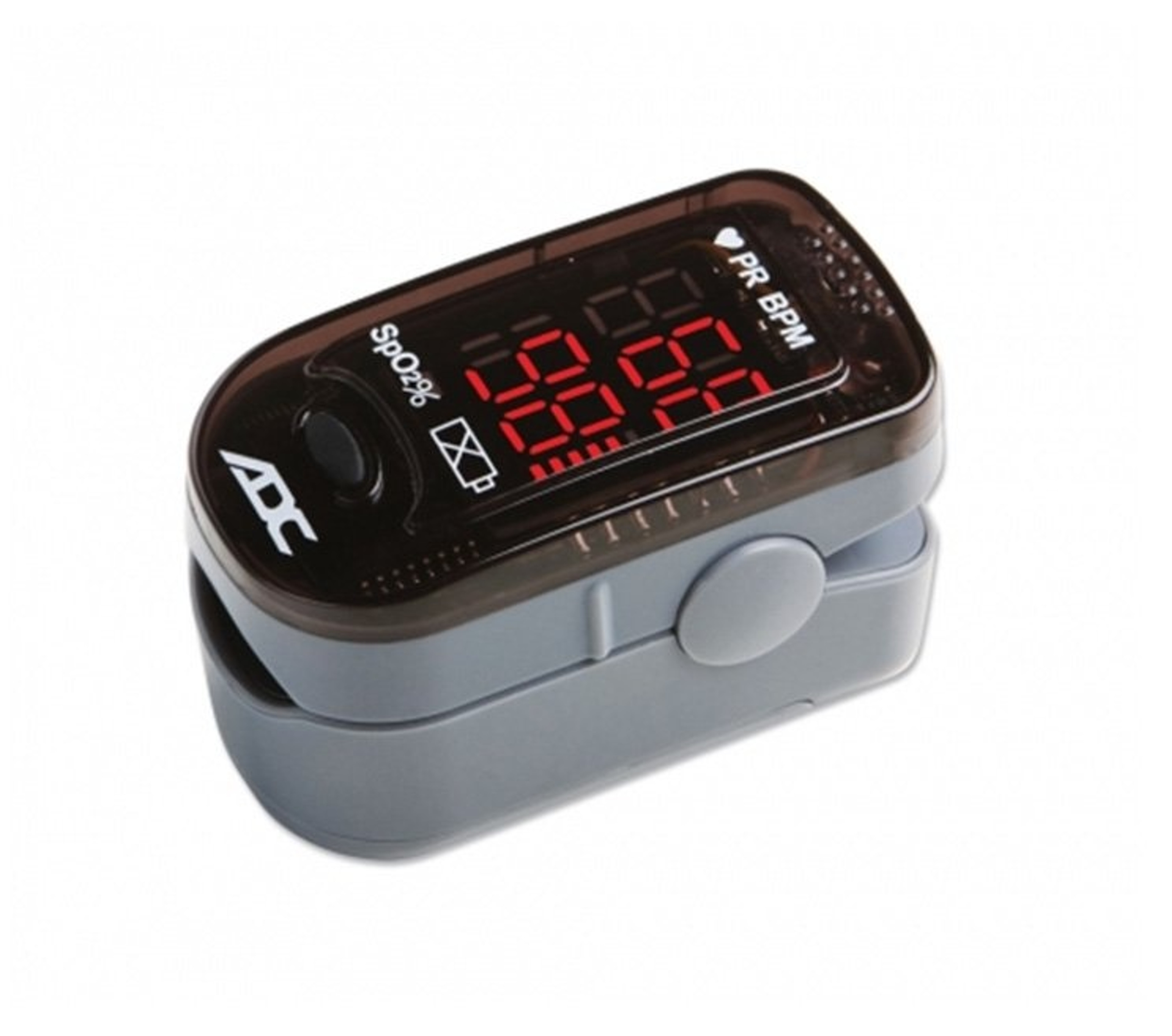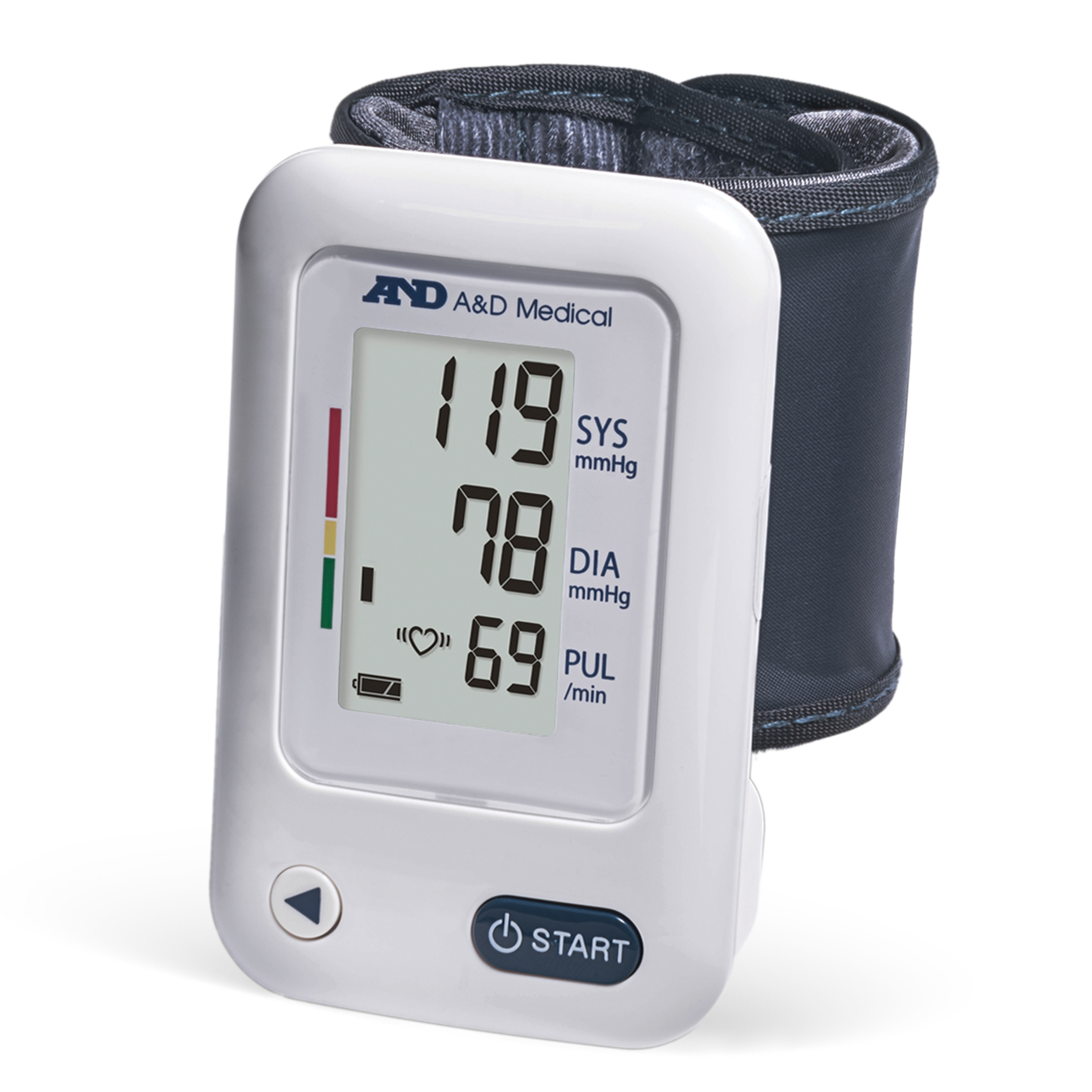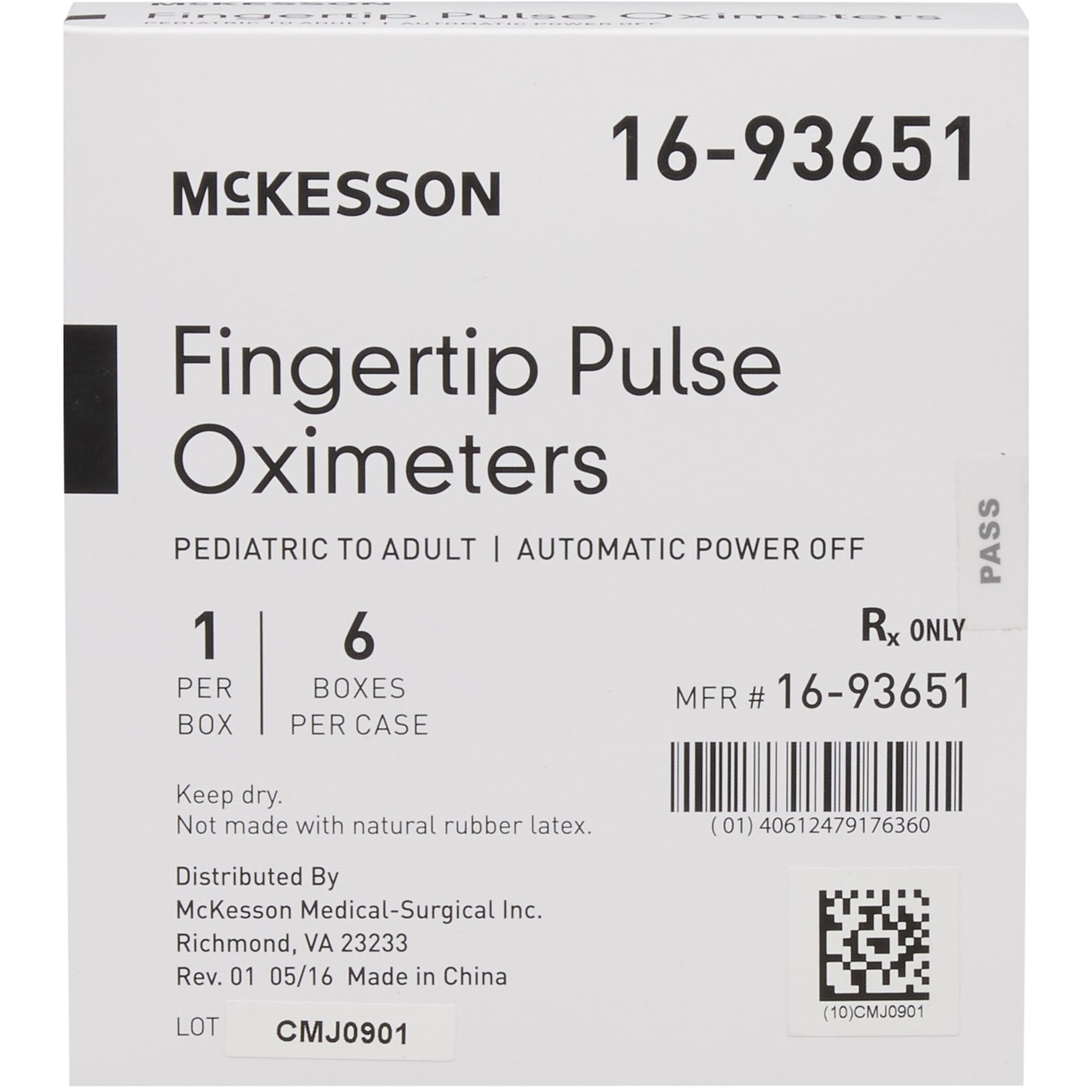A&D Medical One Touch Upper Arm Blood Pressure Monitor with Wide Range Cuff FAQs
What is Blood Pressure?
Blood pressure is the force exerted by blood against the walls of the arteries. Systolic pressure occurs when the heart contracts; diastolic pressure occurs when the heart expands. Blood pressure is measured in millimeters of mercury (mmHg).
What is Hypertension?
Hypertension (also known as high blood pressure) is the diagnosis given when blood pressure readings consistently rise above normal. It is a serious condition that well known that hypertension can lead to coronary heart disease, stroke, heart attack, kidney failure, and other health problems or other illness if left untreated. Referred to as a “silent killer” because it does not always produce symptoms that alert you to the problem, hypertension is treatable when diagnosed early.
Can Hypertension be controlled?
In many individuals, hypertension can be controlled by altering lifestyle and minimizing stress, and by appropriate medication prescribed and monitored by your doctor. The American Heart Association recommends the following lifestyle suggestions to prevent or control hypertension: - Don’t smoke. - Reduce salt and fat intake. - Maintain proper weight. - Exercise routinely. - Have regular physical checkups - Monitor your blood pressure at periodic intervals.
What affects blood pressure?
Blood pressure is affected by many factors: age, weight, time of day, activity level, climate, altitude and season. Certain activities can significantly alter one’s blood pressure. Walking can raise systolic pressure by 12 mmHg and diastolic pressure by 5.5 mmHg. Sleeping can decrease systolic blood pressure by as much as 10 mmHg. Taking your blood pressure repeatedly without waiting an interval of 5 minutes between readings, or without raising your arm to allow blood to flow back to the heart, can also affect it. In addition to these factors, beverages containing caffeine or alcohol, certain medications, emotional stress and even tight-fitting clothes can make a difference in the readings.
Why measure blood pressure at home?
For many individuals, blood pressure readings taken in a doctor’s office or hospital setting might may be elevated as a result of apprehension and anxiety. This response is commonly called “white coat hypertension.”
The AHA and the AMA both recommend self-measurement at home to supplement in office readings to rule out “white coat hypertension” and provide a more accurate, complete blood pressure history.
Clinical studies have shown that the detection and treatment of hypertension is improved when patients both consult their physicians and monitor their own blood pressure at home.
What is a baseline measurement?
The most important method to get an accurate blood pressure measurement is consistency. To get the most benefit out of your monitor, it is important to establish a “baseline measurement.” This helps build a foundation of measurements that you can use to compare against future readings. To build this baseline measurement, devote two weeks for consistent blood pressure monitoring. This involves doing everything the same way when you measure (e.g. measuring during the same time of day, in the same location, sitting in the same chair, using the same cuff, etc.). Once you establish your baseline measurement, you can start evaluating if your measurement has been affected based on things lifestyle changes or medication treatment.
How do I record my blood pressure?
Blood pressure readings are typically recorded with the systolic pressure written first, followed by a slash mark and the diastolic pressure. For example, 120 mmHg systolic and 80 mmHg diastolic measurements are written as 120/80. Pulse is simply written with the letter “P” followed by the pulse rate—P 72, for example. You can also download the A&D Heart Track app (free on iOS and Android) to digitally log your readings.

